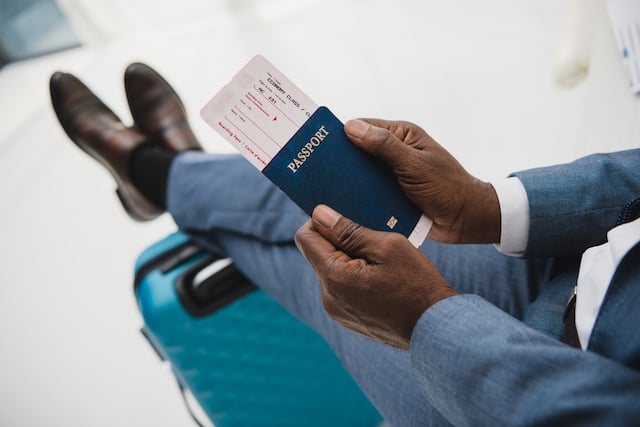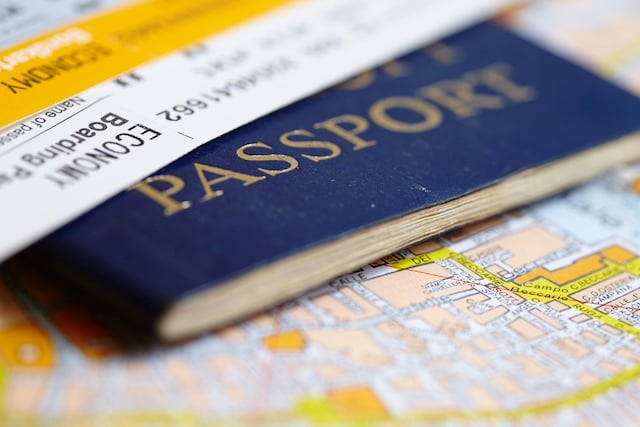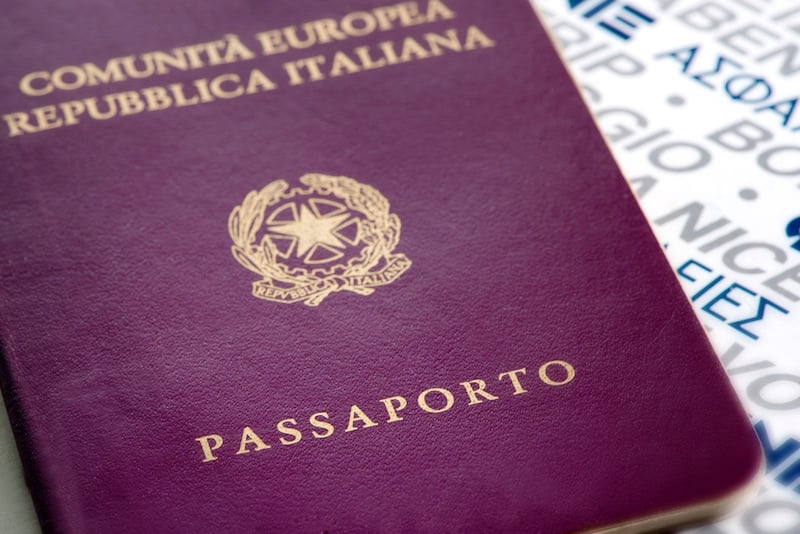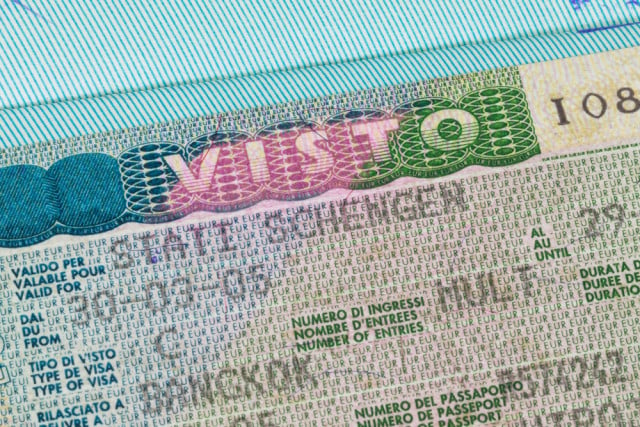Paul Davies, a 38-year-old barber from Leeds, knows a thing or two about living abroad. He worked for nine years in Barcelona before twisting his tongue from Spanish to Swedish in December last year – simply because he and his girlfriend were ready for a change of scene.
But after “accidentally” applying for a job as a barber during a visit to Stockholm, Davies found himself employed at high-end hairdressers Barber&Books in the trendy east end of the Södermalm district.
“I did a few trial cuts during a visit in December. They told me I got the job soon after. It was an accident really.”
SEE ALSO: Click here for the latest listings for jobs in Sweden
“Barbering is coming back. Swedes are trendsetters, and we’re seeing so many beards. Look around you!” he says.
During an informal beard tally on a night out in Stockholm, Davies estimated that 60 percent of his fellow pub-goers were sporting proper facial hair.
“I think it’s a Swedish thing… then again, perhaps it was just the bar. Maybe it was a biker bar,” he adds with a chuckle.
When pressed for an estimate, he reckons that around 30 percent of male Stockholmers have hairy faces and that they’re not afraid to have them neatened up.
“I’ve noticed that Swedes look after themselves a lot better than the guys in the UK. Swedes seem to spend money on themselves, especially the guys,” he says, adding that even “rough guys” come in for a trim and a pampering.
“Swedish men are a bit effeminate in that way, at least compared to England.”
SEE ALSO: Get the latest exchange rates and transfer money on The Local’s Currency page
With only a few months of life in Sweden under his belt, Davies admits that learning Swedish is a priority – though he gave it up almost immediately when he found his SFI class was storming through Charles Dickens in Swedish. He says not knowing Swedish hasn’t been a problem at work, but that he would like to learn it as soon as possible.
“It is starting to feel rude. You don’t want to live somewhere without speaking the language, and I intend to hang around here.”
The vintage-style barbershop – dark wood, tiled floor, 1930s-style swivel chairs – has been open for six years and sells design and photography books on the side. At 740 kronor ($110) for a haircut, it is about three times the price he charged in Spain. Davies is one of a handful of employees.
“Work conditions are fantastic, everything is so fair here compared to England and Spain. Everyone is so well looked after here that you don’t want to start asking about unions,” Davies says. “I work hard, nine to six, and I don’t even have to work Saturdays – it’s incredible for me.”
With a flat in the city, language classes around the corner, and a job that he loves, Davies says moving to Stockholm has been a dream run so far.
“It’s great here. I loved winter and now summer is on its way. And you know, some customers have said that the Swedes can be tricky to get to know – but I haven’t noticed that yet,” he tells The Local.
“In fact, I find Swedes to be quite lovely.”
Oliver Gee






 Please whitelist us to continue reading.
Please whitelist us to continue reading.
Member comments